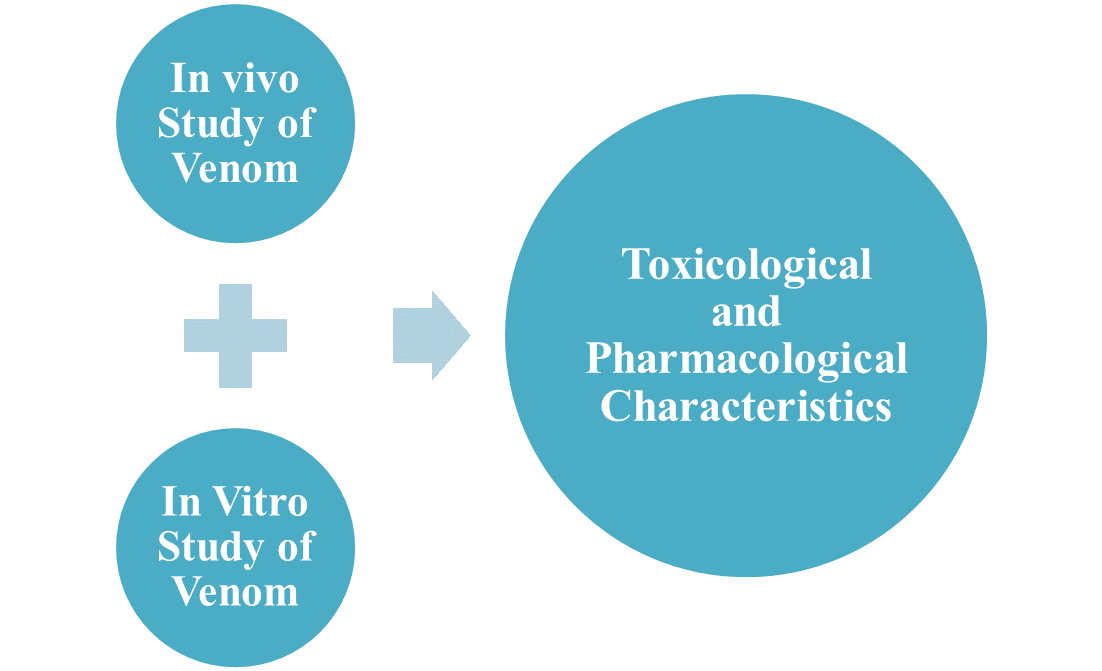Caterpillar Venom Solutions
There are many different kinds of venomous caterpillars, and the venom they produce can cause mild skin inflammation and even life-threatening symptoms. Understanding the venom components and the molecular mechanism of poisoning can help us find effective treatments, and even develop new treatments using caterpillars' unique toxins. However, caterpillars produce only a very small amount of venom, which makes it difficult to make breakthroughs in venom research.
Therefore, there are still many unknowns in the field of caterpillar venom, waiting for us to explore. Creative Proteomics provides advanced technology and analysis methods that can help solve the problem of caterpillar venom research. Through advanced tools for sequencing trace venom, we reveal the existence of more biologically active molecules in caterpillars from a multi-omics perspective.
Our Services
Our venom solution is mainly to provide comprehensive multi-omics analysis of caterpillar venom.
- Multi-omics analysis of caterpillar venom. We provide you with data on the genome, transcriptome and proteome of caterpillar venom, as well as basic information about the composition of caterpillar venom and its protein/peptide prediction function.
- Bioinformatics analysis of caterpillar venomomics data. Through bioinformatics technology, find possible new toxins from newly obtained genome/proteome data.
- Functional analysis of caterpillar venom. We explore the specific functions of specific biologically active molecules to clarify the mechanism and develop therapeutic methods.
In short, we conduct basic research and analysis on caterpillar venom to help customers around the world explore important information about the nature, type, composition and biological activity of unknown caterpillar venom.
Technical Solutions
We use multi-omics methods to determine the composition of caterpillar venom.
- Multi-omics analysis. Mainly integrate transcriptomics and proteomics analysis, analyze venom proteins through LC-MS/MS, and identify proteins based on transcriptome prediction results through database comparison, as well as perform protein functional analysis, functional annotation and enrichment grouping of the transcriptome and proteome.
- Biochemical characteristics of caterpillar venom. We conduct various in vivo and vitro studies to help understand the biological mechanism of caterpillar venom.

- Lethal dose
- Harmfulness
- Edema-causing effect
- Hemolysis
- Procoagulant activity
- Other mechanisms of action
Applications
Although caterpillars from different regions may produce different injury symptoms when humans come into contact, some of the caterpillar venoms currently studied also show some active effects, which have antiviral, promote blood clotting, and promote wound healing activities, so the exploration of caterpillar venom may be applied to:
- Drug development for treating caterpillar venom damage
- Different types of disease treatment
- Biological pesticide development
Creative Proteomics provides comprehensive caterpillar venom research services, including analysis in different omics, to meet customer needs for caterpillar venom applications. We have experienced experimenters, advanced and mature technology platforms, and are committed to providing the highest level of venom research to speed up your research process. For more services, please contact us.
References
-
Pidde G, et al. Integrative multiomics analysis of Premolis semirufa caterpillar venom in the search for molecules leading to a joint disease. Scientific Reports, 2021, 11(1):1995.
-
Carrijo-Carvalho L C and Chudzinski-Tavassi A M. The venom of the Lonomia caterpillar: an overview. Toxicon Official Journal of the International Society on Toxinology, 2007, 49(6):741-757.
For research use only. Not intended for any clinical use.


